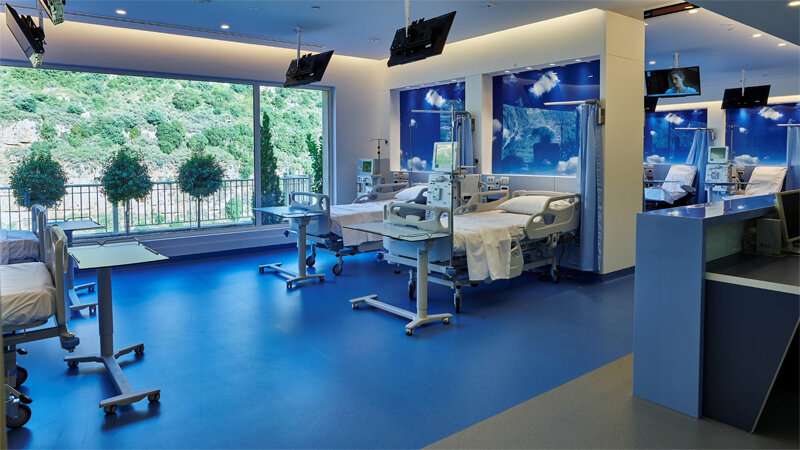
It’s widely known that the causative agent for COVID-19, the SARS-CoV-2 virus, can spread rapidly among residents in nursing homes and other long-term care facilities, leading to high numbers of cases and deaths in a very vulnerable population. According to a new study led by researchers at Johns Hopkins Medicine, residents receiving hemodialysis for chronic kidney disease may be at even greater risk for infection from the virus.
The finding was reported in the Aug. 14, 2020, issue of the Morbidity and Mortality Weekly Report, published by the U.S. Centers for Disease Control and Prevention (CDC).
For their study, the researchers investigated an outbreak of COVID-19 that occurred in April 2020 in a 200-bed Maryland nursing home with an independently operated, on-site hemodialysis center. Of the 170 residents at the facility, 32 received dialysis treatment between April 16 and April 30. By the end of the study period, testing for exposure to SARS-CoV-2 was conducted on all but three of the residents (they refused and were counted as negative).
The researchers reported that 15 of the 32 residents (47%) on dialysis tested positive while only 22 of the other 138 residents (16%) did.
“Based on our results, we believe that nursing home residents undergoing dialysis are more likely than others in a facility to have repeated and prolonged exposures to the SARS-CoV-2 virus, and therefore may be at greater risk of infection and subsequent COVID-19,” says Benjamin Bigelow, a fourth-year medical student at the Johns Hopkins University School of Medicine and the study’s lead author.
“Our study suggests that to prevent COVID-19 outbreaks, nursing homes and dialysis centers need to maintain clear and constant communication to improve infection prevention practices throughout the process of transporting residents to dialysis and during the dialysis itself,” says Morgan Katz, M.D., M.H.S., assistant professor of medicine at the Johns Hopkins University School of Medicine and senior author of the study. “Residents who undergo dialysis should be carefully monitored, and testing prioritization must account for any contact with dialysis staff who may have been exposed to SARS-CoV-2.”
Source: Read Full Article






